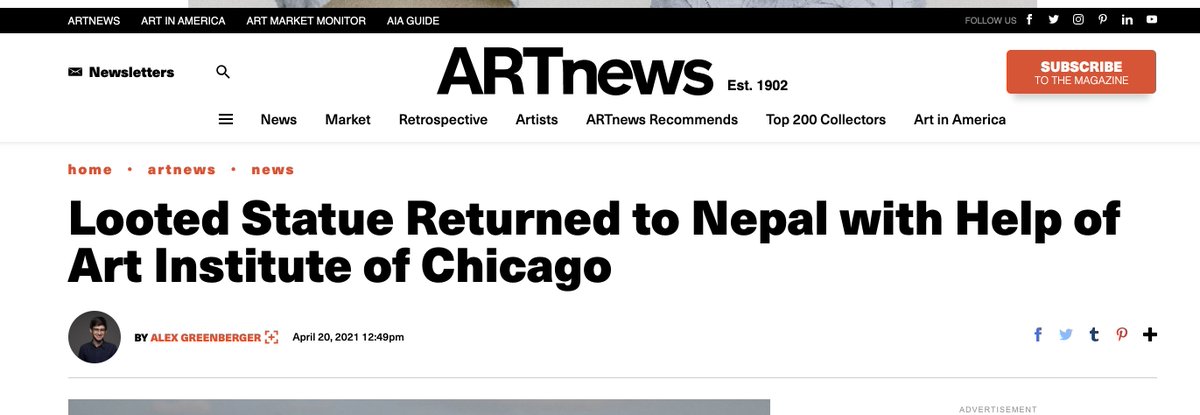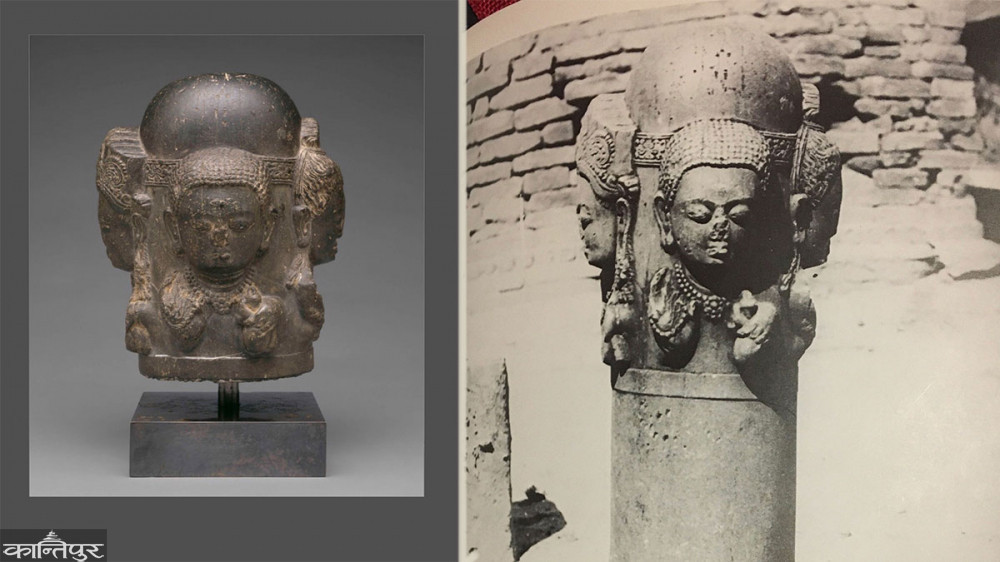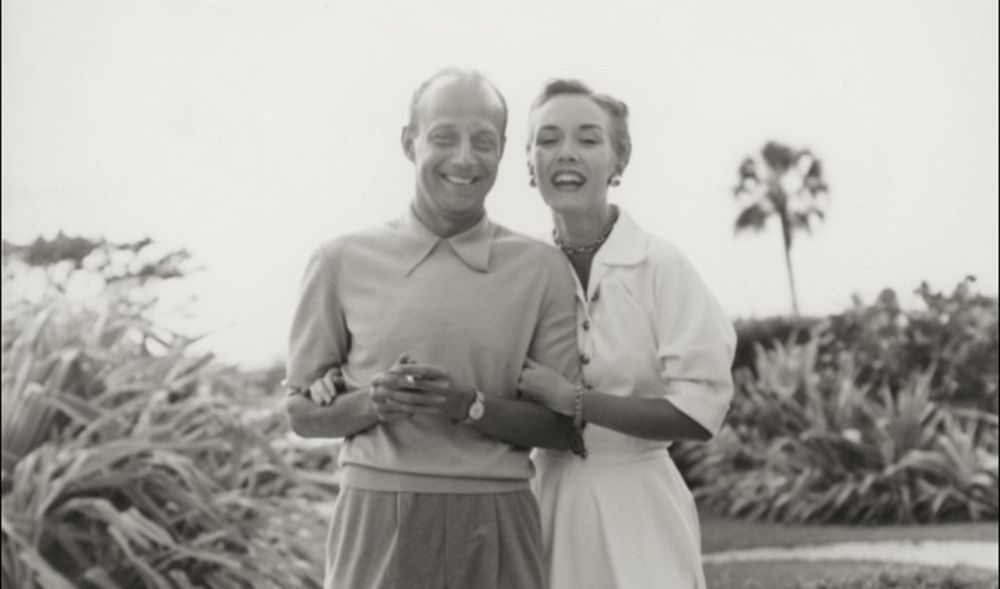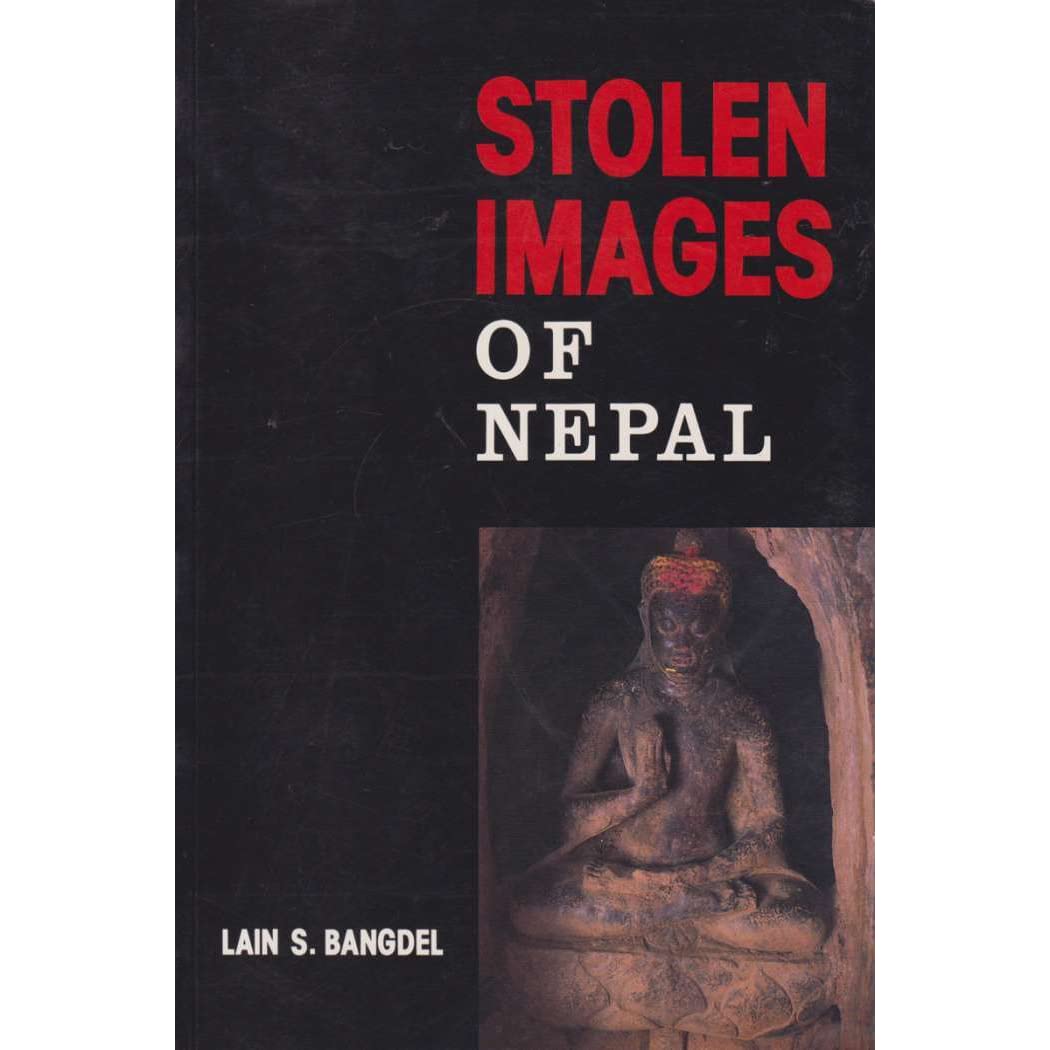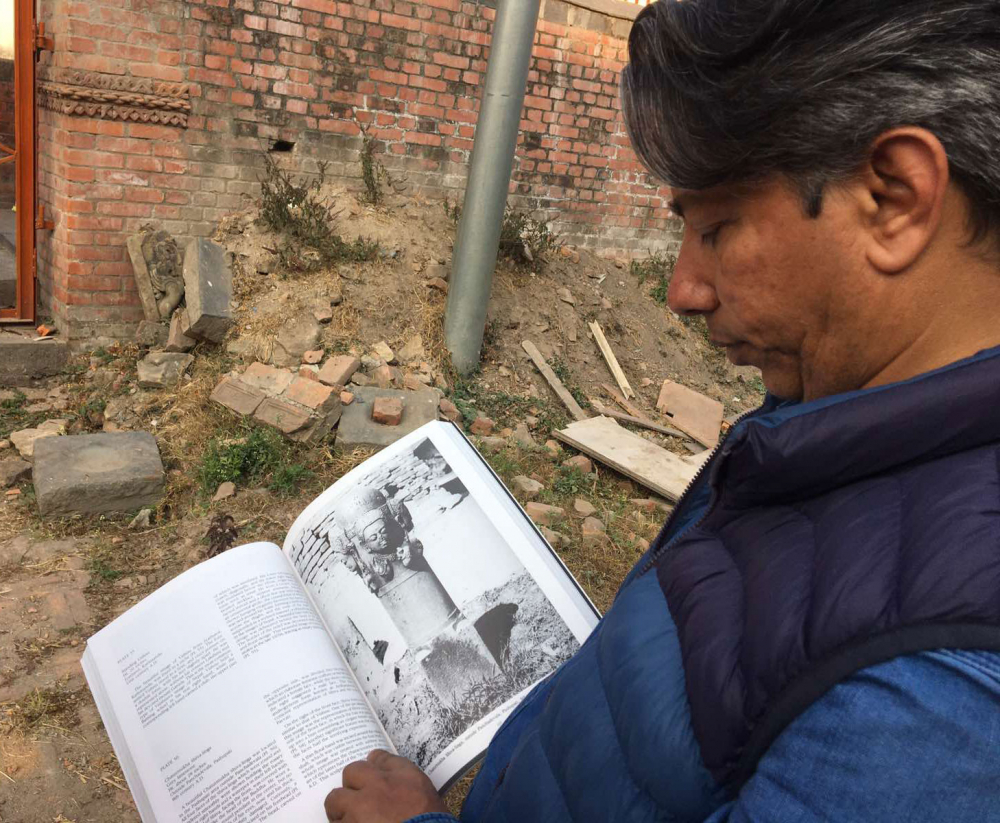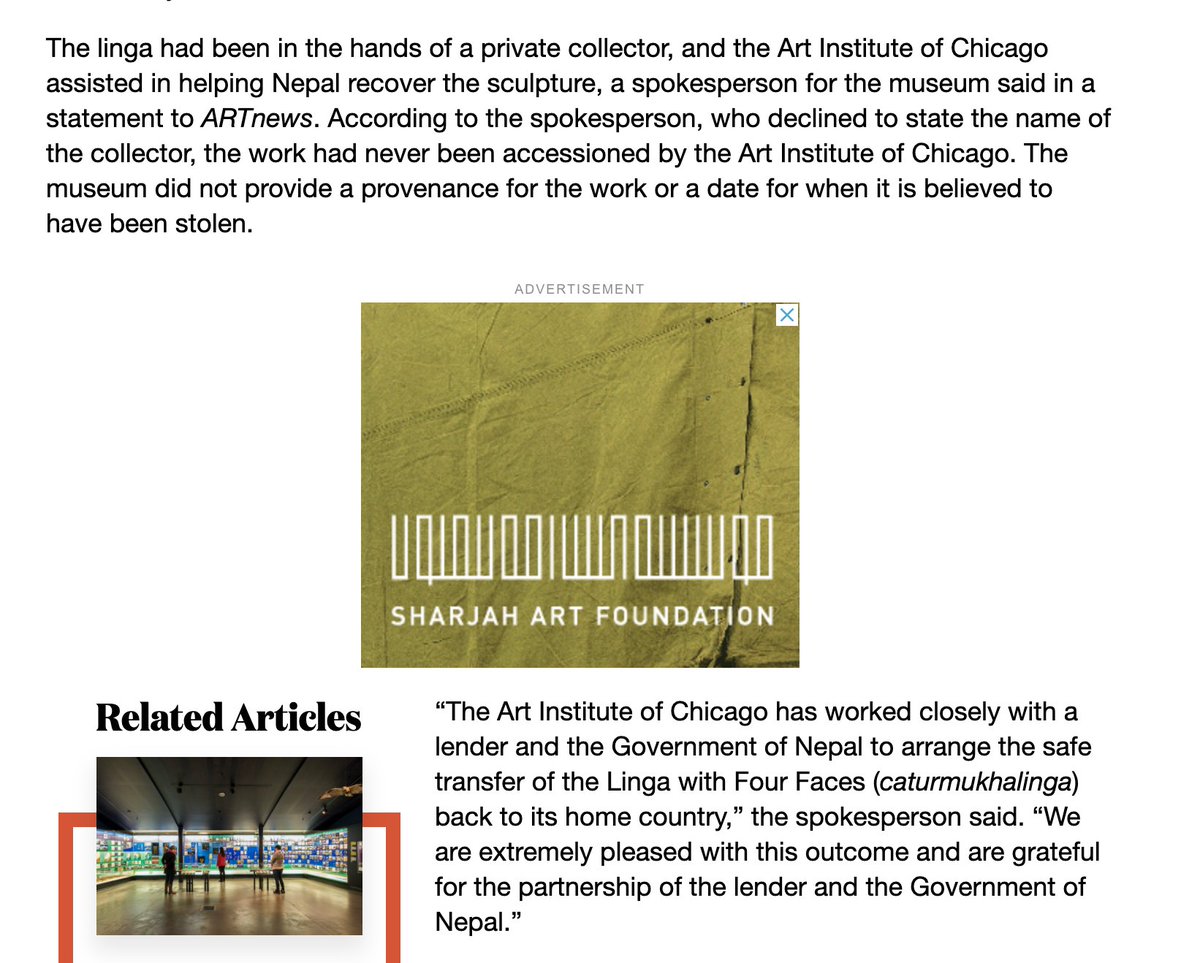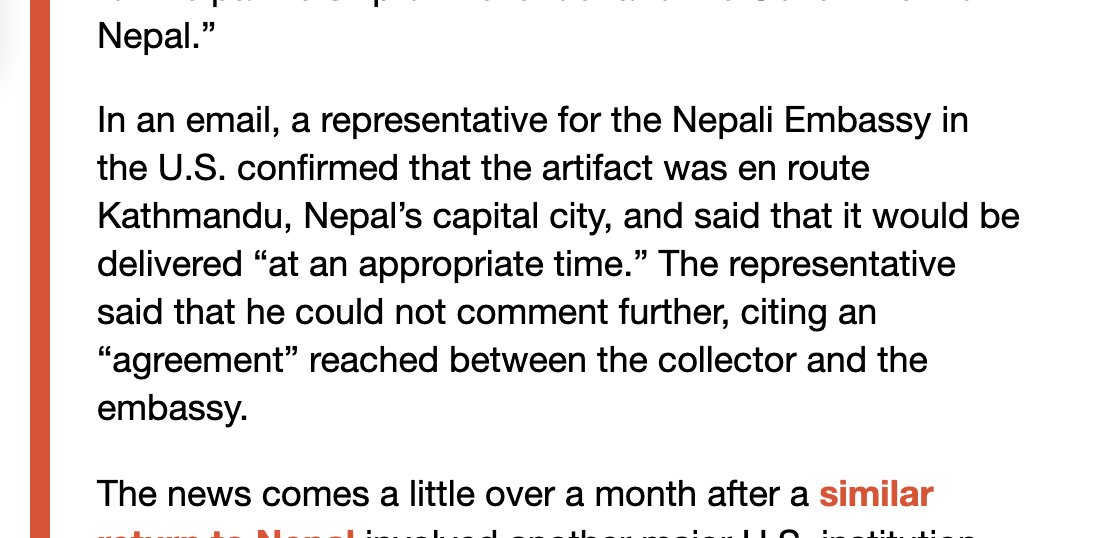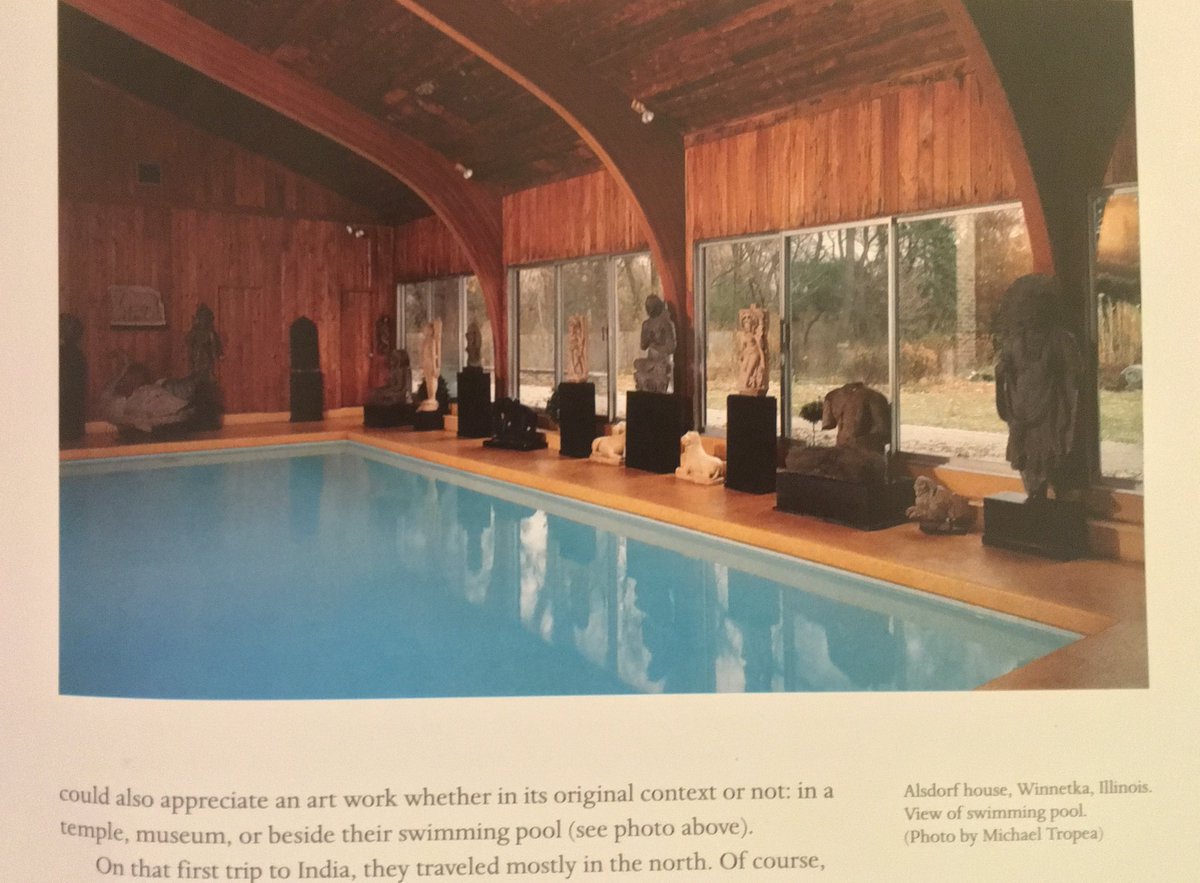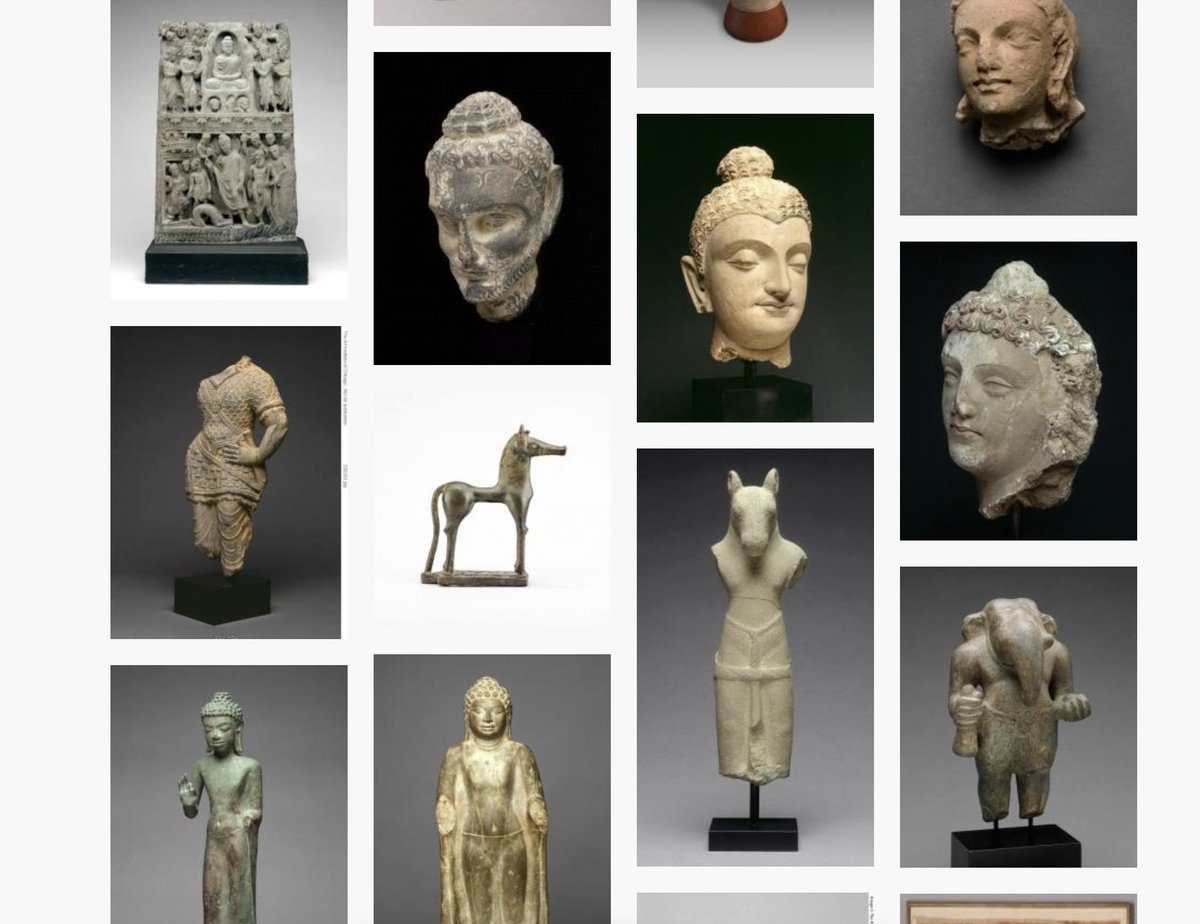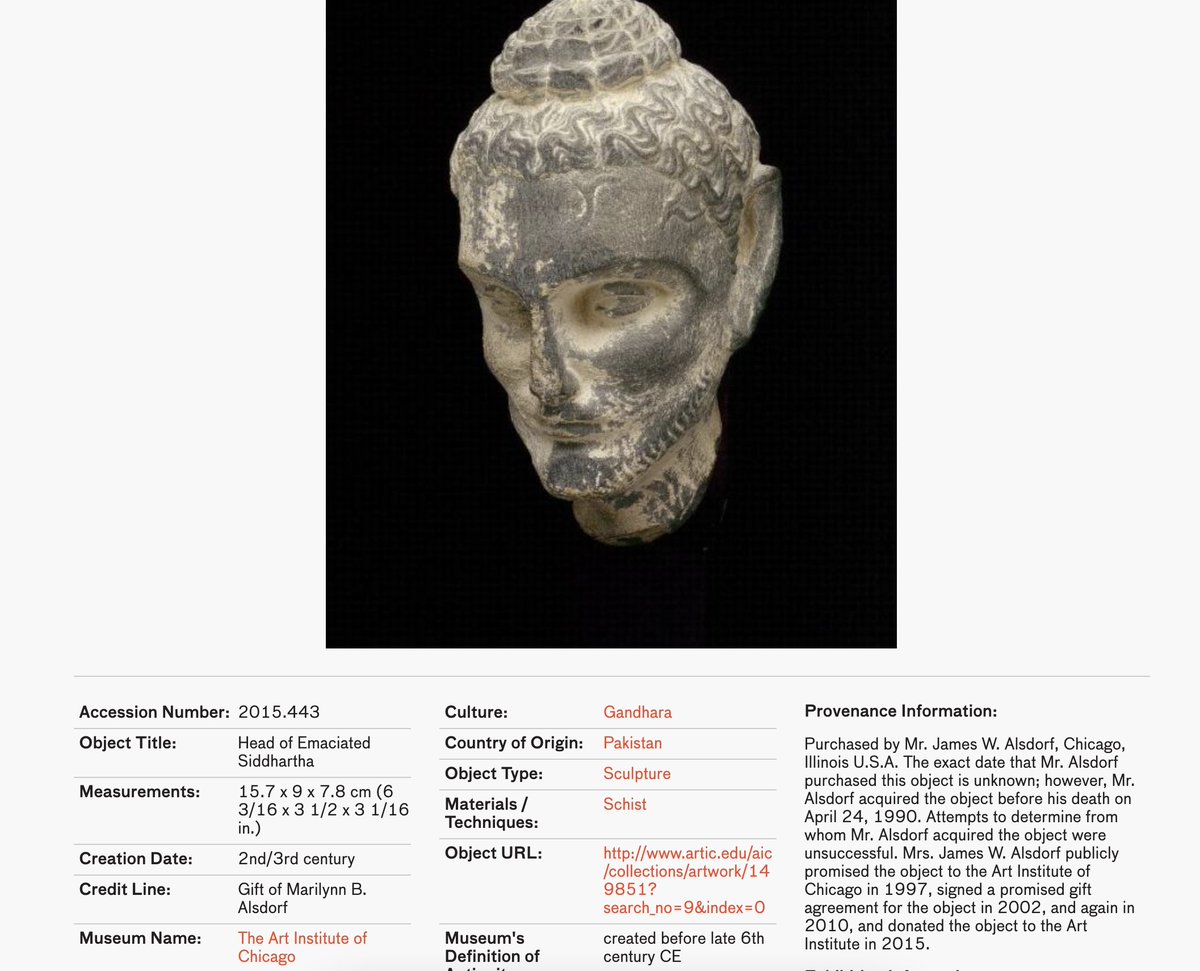The Art Institute of Chicago refused to name the Alsdorf Collection as the source of the stolen sacred artwork the museum "helped" return to Nepal. Did they want to avoid scrutiny of the Alsdorf& #39;s donations to the museum? A thread.
https://www.artnews.com/art-news/news/looted-statue-returned-nepal-art-institute-of-chicago-1234590061/">https://www.artnews.com/art-news/...
https://www.artnews.com/art-news/news/looted-statue-returned-nepal-art-institute-of-chicago-1234590061/">https://www.artnews.com/art-news/...
Backstory: the caturmukhalinga (four-faced linga) was stolen from a shrine in 1984, and the theft was published in this 1989 book (here& #39;s @NamunaGhar at the location with the relevant page).
In April 2021, the museum told Art News it was helping repatriate the statue on behalf of its owner, a private collector whose name it "declined to state." The Nepali embassy also couldn& #39;t comment because of some confidentiality agreement. BUT.
Back in December of 2020, when the museum first reached out to Nepal to confirm that this object had been stolen, Nepali journalists revealed that info: the linga was in the Alsdorf collection: https://ekantipur.com/news/2020/12/10/160756300522996474.html">https://ekantipur.com/news/2020... @registandiary
James and Marilyn Alsdorf collected a lot of sacred art. Here& #39;s some adorning their swimming pool. Totally cultural respectfully and all. Some of their collections have problematic provenances, to say the least. Here& #39;s me talking about that: https://hyperallergic.com/573457/fishy-provenance-benin-bronze-christies/">https://hyperallergic.com/573457/fi...
The Alsdorfs, through their collection entity or individually, gave a lot of these antiquities to the Art Institute. Here& #39;s a sample of some of those hundreds of donations:
So why might repatriating a stolen antiquity to Nepal from the Alsdorf Collection put the museum& #39;s other Alsdorf donations in jeopardy? Hold on while I explain just a little about the ethics of museum acquisitions.
The Art Institute is a member of the American Association of Museum Directors, which has rules about accepting donations of antiquities: https://aamd.org/sites/default/files/document/AAMD%20Guidelines%202013.pdf">https://aamd.org/sites/def...
To summarize: AAMD museums aren’t supposed to accept an antiquity, even as a donation, if they don’t have evidence to show that it was out of its probable country of origin before 1970, to avoid accepting looted/smuggled/stolen antiquities.
But there are exceptions. The big one is that a museum can accept an antiquity without enough paperwork to prove it wasn’t looted/stolen after 1970 if they think "the cumulative facts and circumstances" indicate it is most likely the antiquity was legally acquired.
If this is the case, the museum posts the antiquity on a special website, the AAMD Object Registry, to give source countries notice that they might want to investigate the antiquity: https://aamd.org/object-registry ">https://aamd.org/object-re...
Guess how many antiquities the Art Institute accepted from the Alsdorfs under this "cumulative facts and circumstances" exception.
Fourteen. (I& #39;ll give you links at the end of the thread.)
Here& #39;s an example. Under provenance info, they say "ummm, we dunno" in a sophisticated way ("The exact date that Mr. Alsdorf purchased this object is unknown.... Attempts to determine from whom Mr. Alsdorf acquired the object were unsuccessful").
In all of these cases – concerning probably millions of dollars worth of art – the museum argues they can have it because of "the cumulative facts and circumstances." They’re claiming there’s no reason to suspect the Alsdorfs would have purchased a looted/stolen antiquity.
Seems like it might throw a wrench in the gears of the whole "we don& #39;t know anything about where this antiquity came from, but we trust the Alsdorfs!" claim if you have to admit they also acquired at least one clearly stolen antiquity?
Another thing to think about: the Nepali press reported that the museum is carrying about the wishes of James Alsdorf as expressed in his will, which apparently asked for this linga to be returned to Nepal. He died in 1990.
There& #39;s some confusion - it might have been Marilyn Alsdorf& #39;s will. She died in 2019. I really hope that nobody was sitting on this repatriation for THIRTY YEARS (during which, for one thing, the shrine decayed without a deity).
So, time to update these @MuseumDirectors Object Registry listings, @artinstitutechi?
https://aamd.org/object-registry/new-acquisitions-of-archaeological-material-and-works-of-ancient-art/1076
https://aamd.org/object-re... href=" https://aamd.org/object-registry/new-acquisitions-of-archaeological-material-and-works-of-ancient-art/3762
https://aamd.org/object-re... href=" https://aamd.org/object-registry/new-acquisitions-of-archaeological-material-and-works-of-ancient-art/3763
https://aamd.org/object-re... href=" https://aamd.org/object-registry/new-acquisitions-of-archaeological-material-and-works-of-ancient-art/3764
https://aamd.org/object-re... href=" https://aamd.org/object-registry/new-acquisitions-of-archaeological-material-and-works-of-ancient-art/3760
https://aamd.org/object-re... href=" https://aamd.org/object-registry/new-acquisitions-of-archaeological-material-and-works-of-ancient-art/3766">https://aamd.org/object-re... https://aamd.org/object-registry/new-acquisitions-of-archaeological-material-and-works-of-ancient-art/3767">https://aamd.org/object-re...
https://aamd.org/object-registry/new-acquisitions-of-archaeological-material-and-works-of-ancient-art/1076
https://aamd.org/object-registry/new-acquisitions-of-archaeological-material-and-works-of-ancient-art/3852
https://aamd.org/object-re... href=" https://aamd.org/object-registry/new-acquisitions-of-archaeological-material-and-works-of-ancient-art/3851
https://aamd.org/object-re... href=" https://aamd.org/object-registry/new-acquisitions-of-archaeological-material-and-works-of-ancient-art/3849
https://aamd.org/object-re... href=" https://aamd.org/object-registry/new-acquisitions-of-archaeological-material-and-works-of-ancient-art/3850
https://aamd.org/object-re... href=" https://aamd.org/object-registry/new-acquisitions-of-archaeological-material-and-works-of-ancient-art/5503
https://aamd.org/object-re... href=" https://aamd.org/object-registry/new-acquisitions-of-archaeological-material-and-works-of-ancient-art/5502">https://aamd.org/object-re... https://aamd.org/object-registry/new-acquisitions-of-archaeological-material-and-works-of-ancient-art/3853">https://aamd.org/object-re...

 Read on Twitter
Read on Twitter